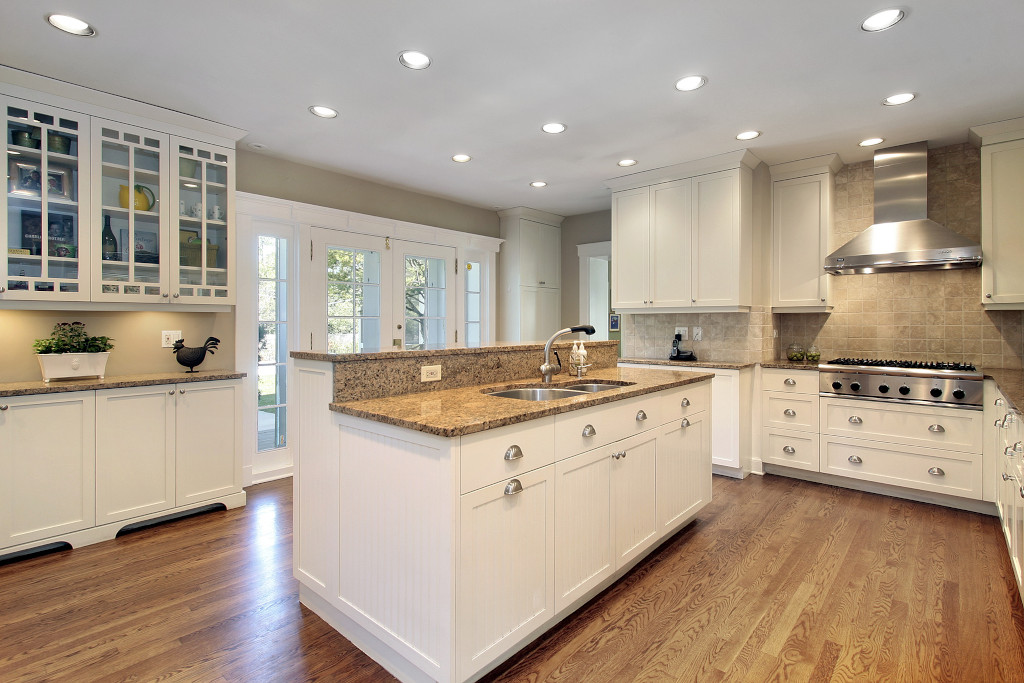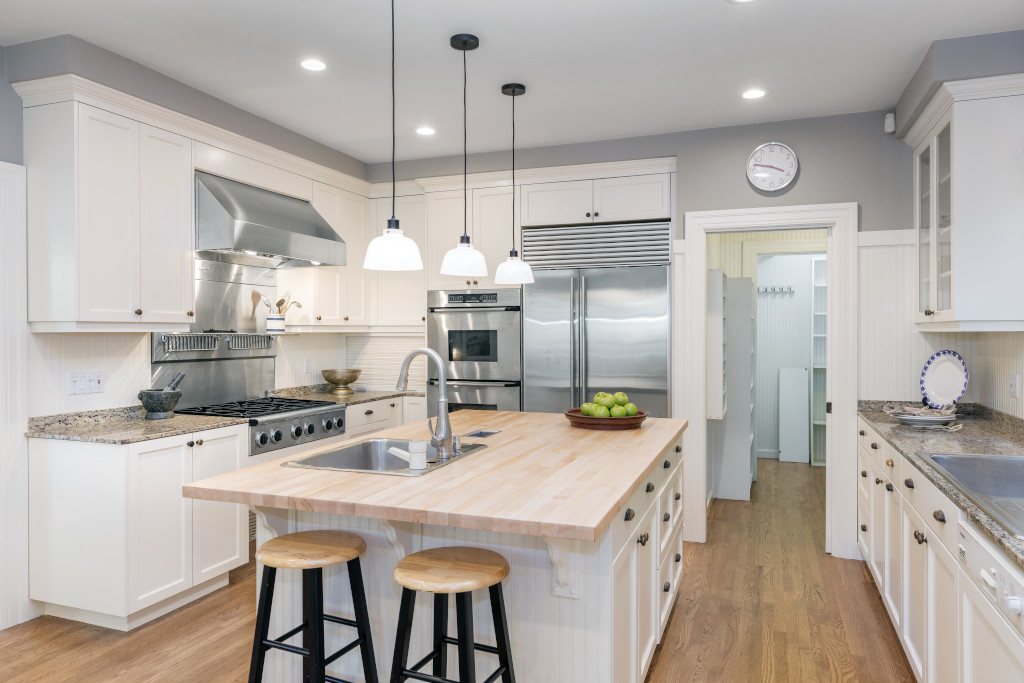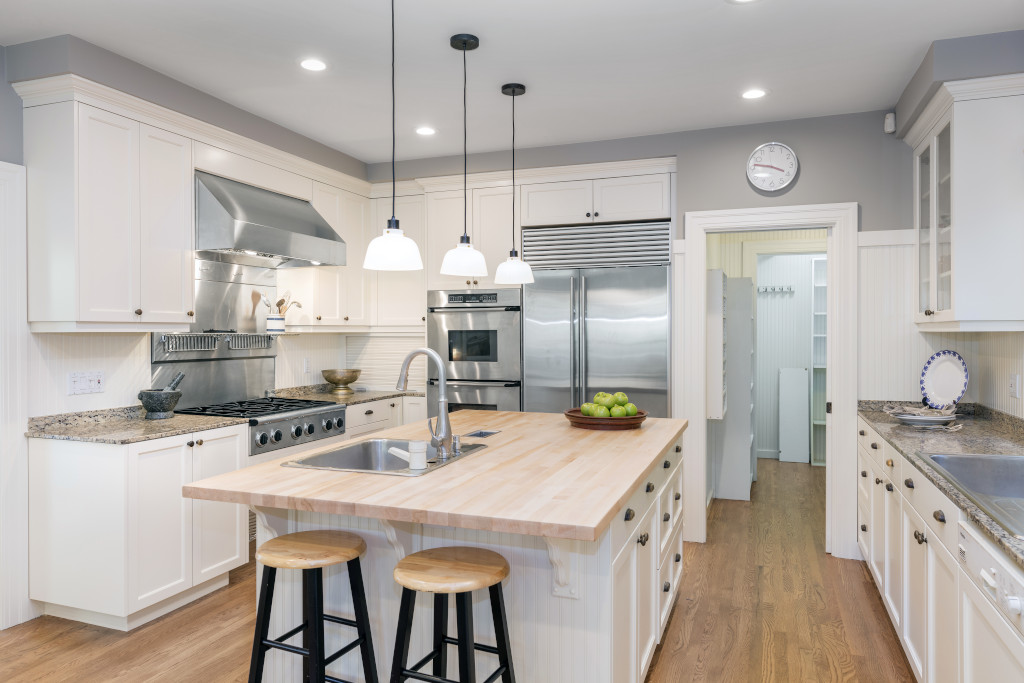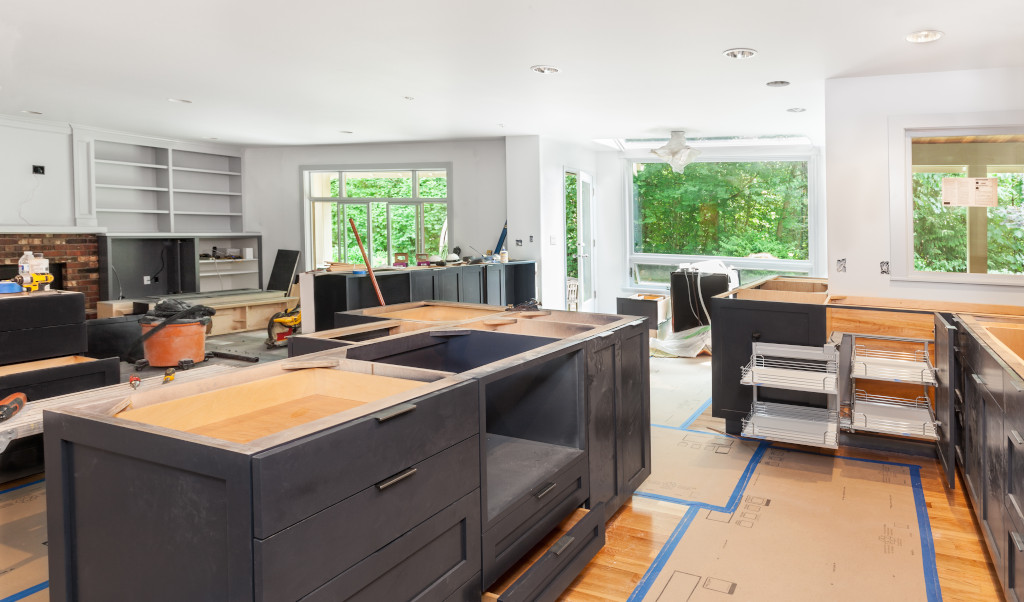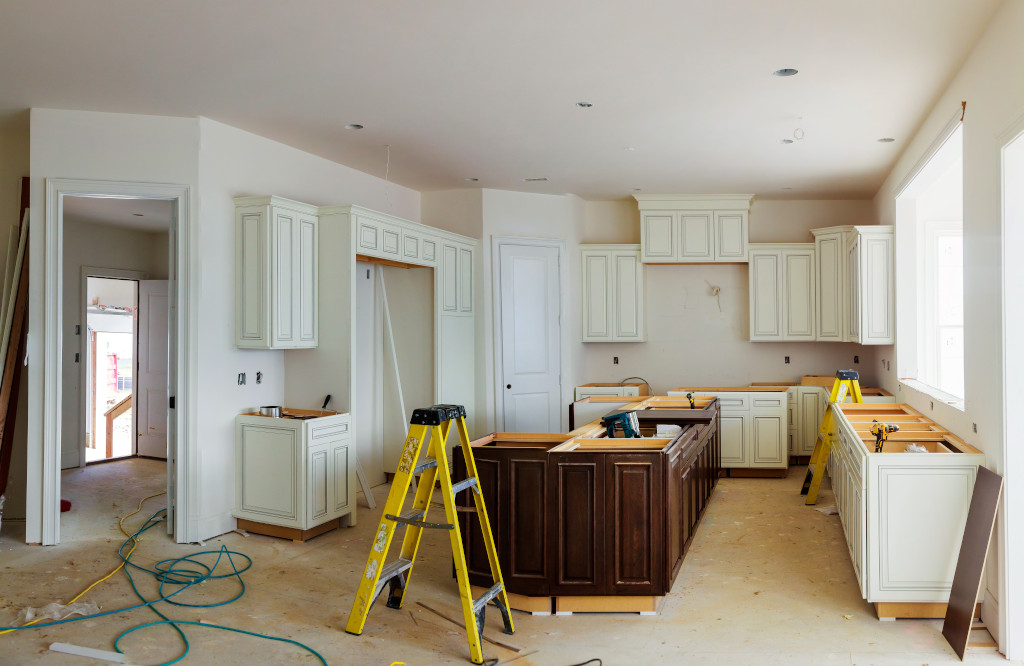A lot of us don’t think about our furniture until it starts to look shabby or gets stained, but with a little care and elbow grease, you can get your old furniture looking like new again. This article will show you how to refurbish particle board furniture in four easy steps. Keep reading to find out more.
Clean the furniture with a damp cloth and soap
Make sure you are not wearing any clothes that could get stained by the soap, then fill up a bucket with warm water and some mild liquid dish soap. Dip your cloth in the soapy water, wring it out so it’s not dripping wet, and start scrubbing. You can also use other cleaning solutions if you prefer using them instead of soap, but be careful because they may require different accessories to apply them safely (for example wet sandpaper instead of a dry one).
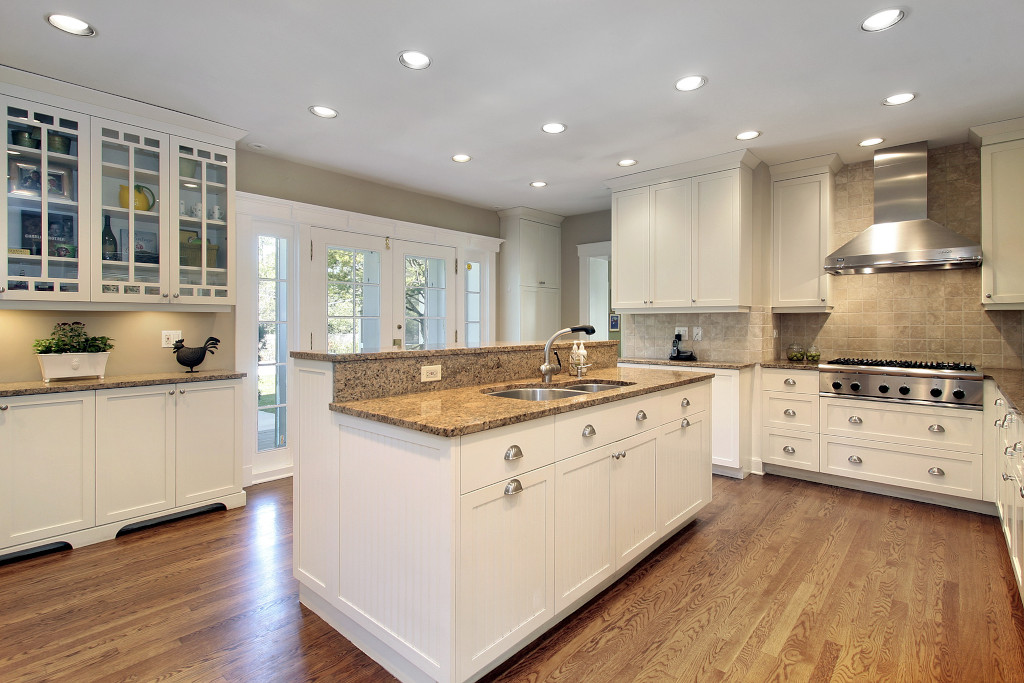
Image Credit: http://rivergateapartment.com
Sand down any rough areas
You will want something like 220-grit sandpaper for this step; wet sanding is recommended to keep dust from flying around while you work. Don’t forget to wear protective gear such as eye goggles and gloves, and make sure to sand in the same direction as the wood grain. Make plenty of strokes until you are satisfied with how smooth it is; don’t worry about making it perfectly smooth because you will be painting over it soon.
pply wood filler to cracks or scratches, then sand smooth again
Wood filler can usually be found at your local hardware store, but if there’s not any left then an alternative would be spackling paste which should have the same effect. Anything that fills in cracks or deep scratches should work fine, just remember that you still want to leave some visible signs of imperfection for a more natural look later on. When you’re done filling them up let this dry completely before sanding again so the wood won’t be too rough after applying paint.
Use a paint primer to seal the surface of the furniture before painting it (optional)
Paint and stain work by soaking into the wood, so if your particleboard isn’t fully sealed then it’s possible that your new layer won’t get a stronghold; this is especially important for surfaces such as particleboard which can get saturated easily and start warping if not properly prepared. Some people like to skip this step because they don’t like the shiny appearance of paint primers, but in most cases, you will have a better-looking final result with a primer applied over whatever color you’re using. If you do decide to go ahead without using a primer, just make sure that whatever color you’re using is completely dry before you seal it up with polyurethane or varnish.
Paint your desired color on top of the primer, two coats should be enough for most pieces of furniture
Be sure to use oil-based paint (acrylic paints are not generally advised because they sometimes contain chemicals that can eat away at the surface of particleboard) and make sure to clean up any spills right away so the wood won’t absorb them permanently. If you want to use more than one color, wait until after finishing the first coat before applying your second layer; this will ensure that your final result looks nice and even. Don’t forget to seal it with polyurethane or varnish afterward for protection and a glossy finish.
Now that your furniture looks great again, you will be able to enjoy it for much longer than if you hadn’t taken the time to fix it up. With these four easy steps, you can make even particle boards look new again.
Taking care of your furniture and important areas
Taking care of your furniture ensures that they last for a very long time. Many pieces of furniture can last for decades if they are properly maintained throughout their lifetime. However, this is not the case with every piece of furniture; some pieces like particle board furniture will start to deteriorate relatively quickly. This is because the particle board consists of wood chips and sawdust that are glued together using formaldehyde, a chemical compound that helps bind everything together so it can keep its shape.
Unfortunately, formaldehyde breaks down over time which makes the glue less effective at holding everything together so your particle board furniture starts to lose its structural integrity which leads to chipping paint and other cosmetic issues. Since you have likely already spent money on buying or refinishing your particle board furniture, consider taking care of it as much as possible so you don’t have to buy new furniture again.
Wipe down your furniture with a damp cloth to remove dirt
You should wipe down your particle board furniture regularly so it doesn’t get too dirty or dusty after you’ve cleaned it. This is especially true if you have pets because fur tends to clump up in cracks and keep particles of dust from being removed by normal cleaning methods.
You can use whatever solution you prefer, the important thing is that you don’t need anything too strong which might strip off the paint or varnish protecting your surface. If you do want to use something more powerful, make sure that water-based solutions are used instead of oil-based ones which can cause damage over time due to repeated exposure.
Repairing water damaged furniture
Sometimes the damage is inevitable, even if you’re taking every precaution. This is why it’s so important to learn how to repair particle board furniture which will inevitably incur damage over time due to normal wear and tear or accidents that might happen within your household.
If you have a particle board chest of drawers, for example, this type of damage can be repaired by repairing the affected drawer first. After opening up the damaged area with a screwdriver, take some wood glue and spread it into the crack where two or more pieces meet before clamping them together using plain masking tape which should match the texture of your furniture.
If needed, use a sharp knife to carve out small notches on either side of the crack so that they fit perfectly when clamped together; make sure not to go too deep if the area isn’t severely damaged. Let the glue dry for about twelve hours before you can put all of your drawers back in place and use them again.
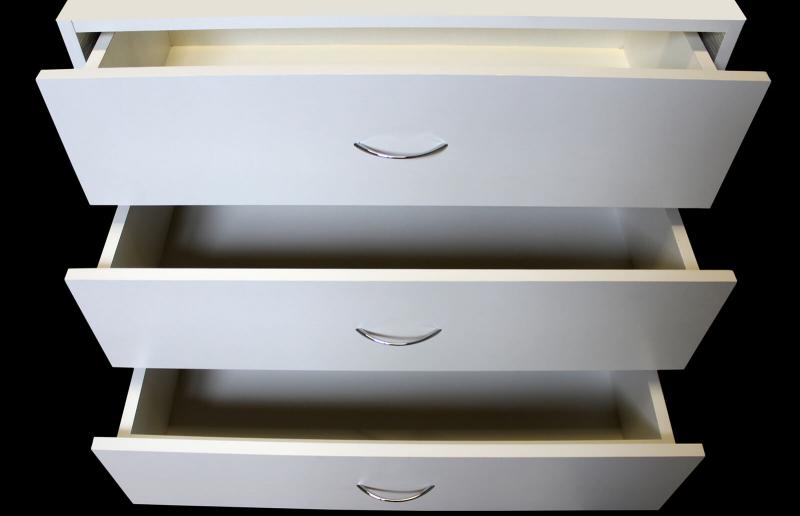
Image Credit: http://furniture.lovetoknow.com
If you like to learn more about how to repair water damage, check out this article on repairing damage to cabinet doors.
Final thoughts on how to refurbish particle board furniture
In conclusion, it’s important to know how to refurbish particle board furniture if you want it to last for a long time. The easy steps above will help you do just that by empowering you with the knowledge of how to keep particle board furniture in good condition so you don’t have to buy new pieces anytime soon.
Finally, have a look at this article to learn more about the duration items in your house should last. This article focuses specifically on how long kitchen cabinets are expected to last
The post How to Refurbish Particle Board Furniture appeared first on Kitchen Infinity.
Did you miss our previous article…
https://chefbuano.com/?p=228
